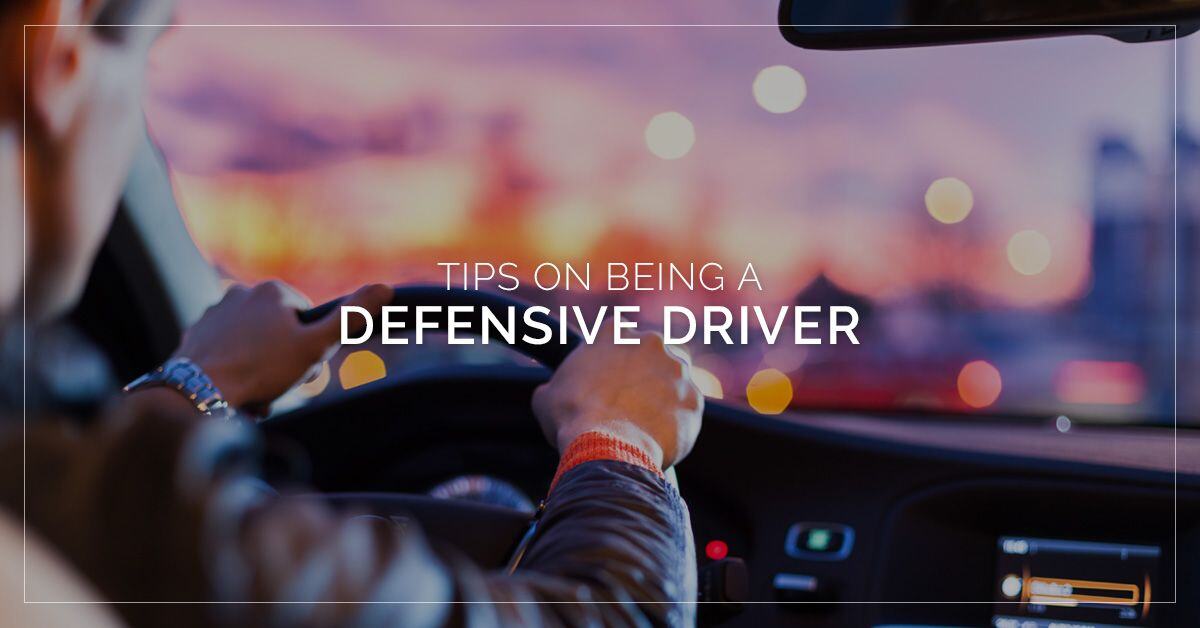In a previous blog, we discussed ways to improve your confidence in the car. To go along the same theme, this blog is going to dive into defensive driving. As you become more and more familiar, comfortable, and confident in your driving skills, defensive driving is another mode of thinking you can master.
At Pacific Driver Education, we offer private driving lessons to teenagers and adults who want to learn how to drive and experience the freedom of being able to go wherever the road takes you! But before you start planning your next road trip, here are some tips to remain as safe as possible, and to prevent other drivers from getting into an accident as much as possible.





